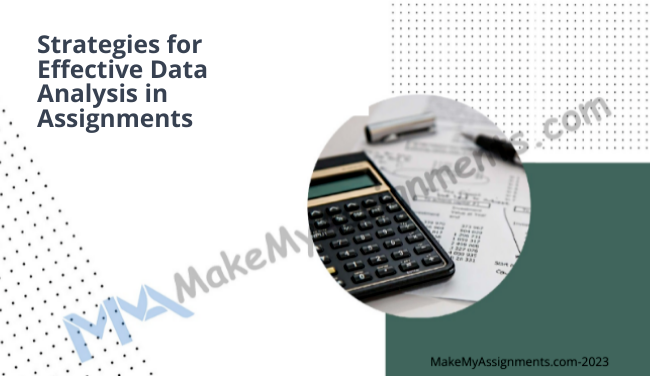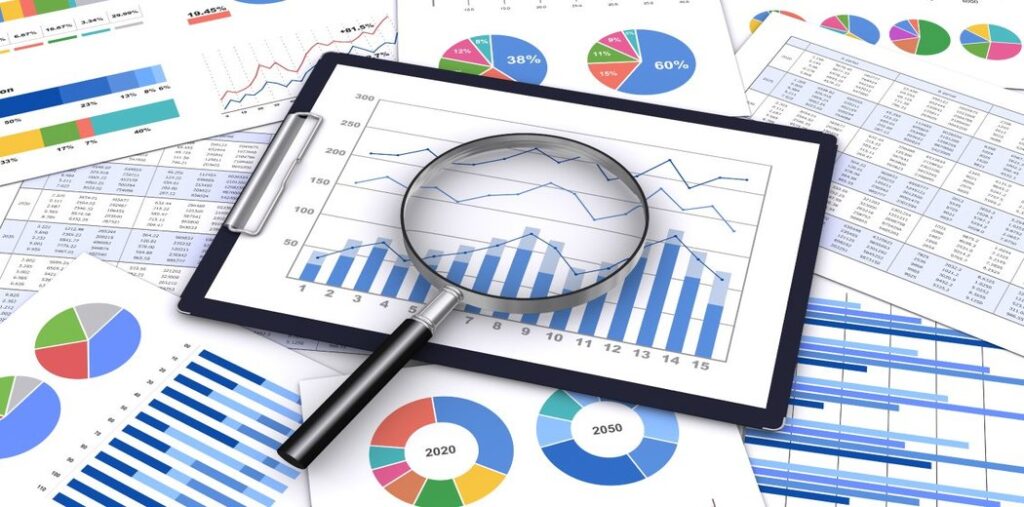
Strategies for Effective Data Analysis in Assignments
Data analysis is a critical skill in today’s data-driven world. Whether you are a student working on an assignment or a professional dealing with real-world problems, the ability to effectively analyze data can make a significant difference in your success. In this blog, we will explore some essential strategies for performing data analysis effectively in assignments.

1. Define Your Objectives: Before diving into data analysis, it’s essential to have a clear understanding of what you want to achieve. Define the objectives of your assignment and outline the questions you aim to answer through data analysis. By doing so, you can ensure that your analysis remains focused and relevant throughout the process.
2. Gather High-Quality Data: The quality of your analysis is directly influenced by the quality of the data you use. Ensure that you gather relevant and reliable data from trustworthy sources. Be mindful of data accuracy, completeness, and potential biases that may impact your analysis. Clean and preprocess your data to remove any inconsistencies or outliers that could skew your results.
3. Choose the Right Tools: Selecting the appropriate tools for data analysis is crucial. Depending on your assignment requirements and your comfort level with various software, you may use popular tools like Microsoft Excel, Python, R, or specialized software like SPSS or Tableau. Familiarize yourself with the functionalities of these tools to unleash their full potential during analysis.
4. Visualize Your Data: Visualizations can bring life to your data and help you gain meaningful insights. Utilize charts, graphs, and plots to present your data in a clear and concise manner. Visualizations can aid in identifying patterns, trends, and outliers, making complex information more accessible to your audience.
5. Choose Appropriate Analytical Techniques: Selecting the right analytical techniques is vital for drawing accurate conclusions from your data. Whether you need descriptive statistics, inferential statistics, regression analysis, or machine learning algorithms, ensure that your chosen methods align with your objectives. Additionally, learn about various statistical tests to validate your findings and ensure statistical significance.
6. Interpret Your Results: Data analysis is not just about crunching numbers; it’s about making sense of the information you uncover. Interpret your results in the context of your assignment objectives and provide clear explanations of your findings. Avoid jumping to conclusions or misinterpreting data, and acknowledge any limitations that may affect the validity of your results.
7. Collaborate and Seek Feedback: Don’t hesitate to collaborate with peers or seek feedback from your instructors or mentors. Engaging in discussions about your data analysis can open new perspectives and help you identify potential flaws in your approach. Constructive criticism and inputs from others can significantly improve the quality of your work.
8. Practice and Iterate: Data analysis is a skill that improves with practice. Take every opportunity to work on different assignments, projects, or datasets. The more you practice, the more comfortable you will become with handling data and employing analytical techniques. Also, be prepared to iterate and refine your analysis if needed, as it is common to revise your approach based on new insights or feedback.
9. Keep Learning: Data analysis is an ever-evolving field, and there is always something new to learn. Stay updated with the latest tools, techniques, and trends in data analysis. Online courses, tutorials, and workshops can be valuable resources to enhance your skills and knowledge.
10. Communicate Effectively: No matter how robust your data analysis is, it’s essential to communicate your findings effectively. Write a clear and concise report that explains your approach, methodology, results, and conclusions in a way that is understandable to your target audience. Use visual aids, infographics, and storytelling techniques to make your findings more engaging and memorable.
To conclude, effective data analysis is a combination of technical expertise, critical thinking, and clear communication. By following these strategies, you can improve your data analysis skills and excel in your assignments, setting yourself up for success in your academic and professional endeavors. Remember, data analysis is not just about crunching numbers; it’s about transforming data into meaningful insights that drive informed decision-making. Happy analyzing!



